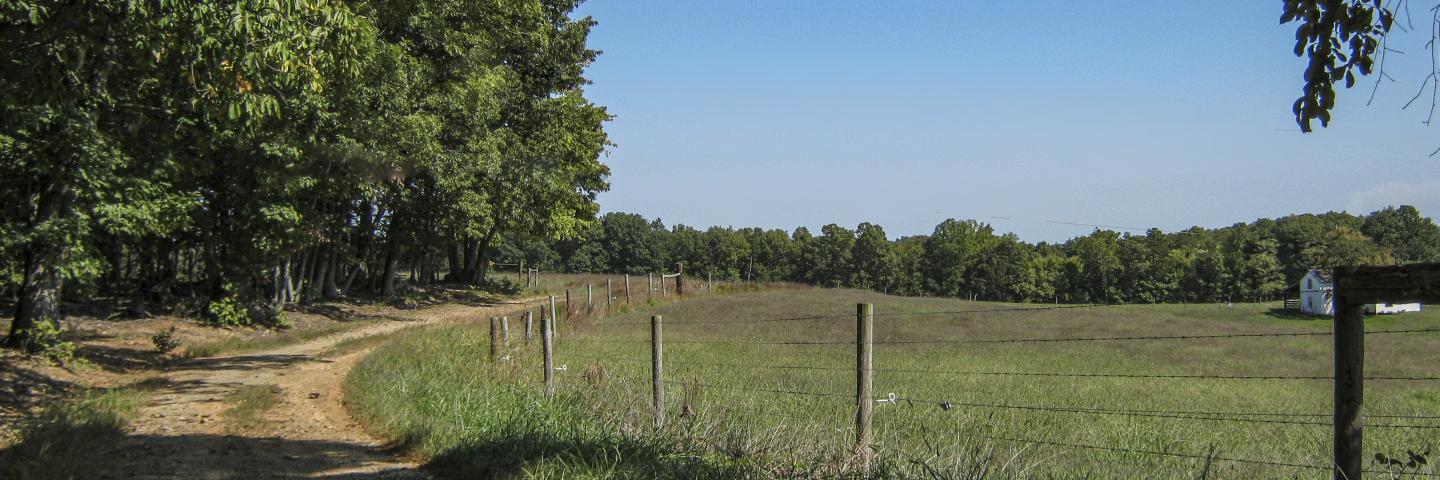NRCS Announces FY2024 ACEP Easement IRA Application Batching Date

Conservation easements can help landowners protect and keep working farms in agriculture from being converted to non-agricultural uses, like this site in Halifax, Virginia. Photo: John Markon, Virginia NRCS.
RICHMOND, Va. – Virginia private landowners and conservation organizations should be aware of upcoming deadlines to submit preliminary applications for participation in the Natural Resources Conservation Service's Agricultural Conservation Easement Program (ACEP) for Inflation Reduction Act (IRA) funding.
Conservation easements are permanent and a popular option for landowners who want to protect prime farmlands and fragile ecosystems in perpetuity. For funding during Fiscal Year 2024, the IRA ACEP application cutoff date for this batching period will be Nov. 13, 2023 for the full application package. Applications should use current ALE forms posted on this site: Virginia NRCS Easements.
NRCS participates in funding two types of conservation easements: The Agricultural Land Easement (ALE) component helps prevent farmland and nonindustrial forestland from being converted to nonagricultural uses. Eligible applicants may be entities such as state and local governments, and nongovernmental organizations with farmland protection programs that will serve as easement holders.
ALE will pay up to 50 percent of the easement value, and the matching funds requirement from the applicant may include acquisition expenses, landowner donation and stewardship costs, with no cash match required. See Virginia NRCS Easements for other application details, including application requirement checklists.
The Wetland Reserve Easement (WRE) component restores wetlands and preserves wetland functions in perpetuity. Prospective applicants can visit their local NRCS offices for application guidance. Eligible properties include farmed wetlands that can be successfully and economically restored; former or degraded wetlands with a history of agricultural use; and “prior-converted” cropland converted on or before Dec. 23, 1985. WRE funding will pay 100 percent of the costs for the easement value purchase, acquisition, and restoration for permanent easements.
#
USDA is an equal opportunity provider, employer, and lender.

